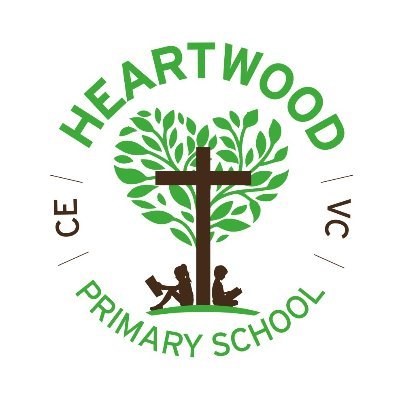Art and Design Technology
“Creativity Takes Courage.” Henri Matisse
The aims and objectives of Art and Design Technology teaching are in line with the National Curriculum and enable children to:
● express their creativity
● develop their confidence to experiment and invent their own works of art
● design, make and evaluate
● add, retrieve and use topic-specific terminology, acronyms and their definitions
● retrieve and sequence key information
Intent
Through our Art and DT curriculum, we aim to enable our children to become:
• Enthusiastic, curious and independent thinkers through being inspired by specialist artists that challenge and fire their imagination and thinking. Pupils are exposed to different perspectives through observation, leading them to ask questions and make personal discoveries.
• Motivated, reflective and resilient learners through the celebration of achievement at a variety of levels both in classrooms and across the whole school. We encourage pupils to develop confidence in their own abilities by self and peer assessing and listening to advice from others to achieve their goals.
• Tolerant and responsible citizens through the understanding that everyone is unique and special. In Art and DT, pupils have access to cultural richness and diversity enabling them to appreciate and enjoy the arts that enrich lives in the local community and wider world.
Implementation
The scheme of work that we follow, Kapow Primary’s Art and DT, is written by experts in their field and designed to give pupils every opportunity to develop their ability, nurture their talent and interests, express their ideas and thoughts about the world, as well as learning about artists and designers across cultures and through history. Kapow Primary’s Art and DT scheme of learning supports our children to meet the national curriculum end of key stage attainment targets.
Art
Kapow Primary’s Art and design scheme of learning is designed with five strands that run throughout. These are:
• Generating ideas
• Using sketchbooks
• Making skills, including formal elements (line, shape, tone, texture, pattern, colour)
• Knowledge of artists
• Evaluating and analysing
• Units of lessons are sequential, allowing our children to build their skills and knowledge, applying them to a range of outcomes. The formal elements, a key part of the national curriculum, are also woven throughout units. Key skills are revisited again and again with increasing complexity in a spiral curriculum model. This allows our children to revise and build on their previous learning. Units in each year group are organised into four core areas: • Drawing
• Painting and mixed media
• Sculpture and 3D
• Craft and design
Design and Technology
The Design and technology National curriculum outlines the three main stages of the design process: design, make and evaluate. Each stage of the design process is underpinned by technical knowledge which encompasses the contextual, historical, and technical understanding required for each strand.
-
Cooking and nutrition have a separate section, with a focus on specific principles, skills and techniques in food, including where food comes from, diet and seasonality.
Impact
Kapow Primary’s curriculum is designed in such a way that children are involved in the evaluation, dialogue and decision making about the quality of their outcomes and the improvements they need to make. By taking part in regular discussions and decision-making processes, children will not only know facts and key information about art, but they will be able to talk confidently about their own learning journey, have higher metacognitive skills and have a growing understanding of how to improve. The impact of Kapow Primary’s scheme can be consistently monitored through both formative and summative assessment opportunities. Each lesson includes guidance to support teachers in assessing pupils against the learning objectives. An evidence record will be kept of the children’s experiences and progress in Art and DT in the form of sketchbooks. Using our progression of skills and knowledge document teachers are able to accurately assess the level of the children’s work. Attainment and progress are tracked using Pupil Asset at the end of each unit and an end of year assessment is then formulated.
Enrichment in 23/24 and 24/25
Go-Go Giraffe (Geoff)
Art Gallery
Artist Eden Mullane
Woodwork Extra Curricular Club
Sewing Extra Curricular Club
UEA Sainsbury Art Centre
